What’s the Buzz
The Bee Healthy Blog
The Best Medications for Glaucoma

Glaucoma is a disease in which a fluid called aqueous humor builds up in the front part of the eye. This leads to increased eye pressure that damages the optic nerve. If it is left untreated, glaucoma can lead to blindness. Several effective glaucoma treatments, including medications, laser procedures, and minimally invasive glaucoma surgery, are available. Please continue reading to learn more about the different ways of managing glaucoma by lowering intraocular pressure and protecting the optic nerve.
What is the most common treatment for glaucoma?
Currently, in the United States and worldwide, eye drops are the most common glaucoma treatment. These eye drops must be used every day. They lower eye pressure either by reducing the amount of fluid produced in the eye or improving the outflow of fluid from the eye.
Doctors sometimes use a combination of eye drops to decrease eye pressure. In addition to eye drops, laser and glaucoma surgery are other treatment options.
What are the different types of glaucoma medications?
According to the National Eye Institute and the Glaucoma Research Foundation, different categories of medications (drops or pills) are used to treat glaucoma, classified according to their active ingredients.
Prostaglandin Analogs
Prostaglandin analogs work by increasing the outflow of fluid from the eye. They do not have many systemic side effects (side effects in other parts of the body). However, these eye drops can increase eyelash growth and darken your eye color, especially if you have lighter-colored iris. Some of these drugs are available in low-cost generic form.
Examples include latanoprost (Xalatan®), travoprost (Travatan Z®), bimatoprost (Lumigan®), and latanoprostene bunod (Vyzulta™). Tafluprost (Zioptan™) is a preservative-free prostaglandin analog.
Beta-Blockers
Beta-blockers work by decreasing the production of fluid (aqueous humor) in the eye. They are available in generic form, which can be significantly less expensive than brand name drugs. Beta-blockers can have systemic side effects. However, these side effects can be minimized by closing the eyes after applying the eye drops and performing punctal occlusion, a technique used to prevent the medicine from going into the tear duct and blood circulation.
Examples include timolol (Betimol®), levobunolol (Betagan®), and metipranolol (Optipranolol®). Timolol is available in a preservative-free formulation.
Alpha Adrenergic Agonists
Alpha agonists work in two ways. They decrease fluid (aqueous humor) production and increase the amount of fluid that drains from the trabecular meshwork (drainage canals) in the eye.
Examples include brimonidine (Alphagan®, Iopidine®). Alphagan is available in a low-cost generic form. Alphagan P contains a preservative that breaks down into natural tears. People who have allergic reactions to preservatives in eye drops may tolerate Alphagan P better.
Carbonic Anhydrase Inhibitors (CAIs)
This family of drugs reduces eye pressure by decreasing fluid production in the eye.
Examples: CAIs are available as drops or pills. They include eye drops like dorzolamide (Trusopt®) and brinzolamide (Azopt®) and oral medications (pills) like acetazolamide (Diamox®) and methazolamide (Neptazane®). All except brinzolamide are available in generic form.
Rho Kinase Inhibitors
This is a new type of medication that works by increasing fluid drainage out of the eye. An example of a rho kinase inhibitor is netarsudil (Rhopressa®).
Combined Medications for Glaucoma
Some people need more than one type of medication to control their glaucoma. Combined medications offer the convenience of applying one eye drop instead of two, plus there is less exposure to preservatives, and they may be more cost-effective.
Examples include Cosopt®, which contains timolol (a beta-blocker), and dorzolamide (a carbonic anhydrase inhibitor). It is available in generic form and as a preservative-free formulation (Cosopt® PF). Another combination medication Combigan® contains brimonidine (an alpha agonist) and timolol (a beta-blocker). Simbrinza® contains brinzolamide (a carbonic anhydrase inhibitor) and brimonidine (an alpha agonist).
Cholinergic Agonists
Cholinergic agents are less commonly used nowadays because of side effects. An example is pilocarpine.
What is laser treatment for glaucoma?
If medications alone are not enough to control glaucoma or if a patient cannot tolerate medications, laser therapy can be an excellent glaucoma treatment. However, laser treatment does not usually have permanent effects, and most patients eventually require medications. Different types of laser treatments are performed to reduce eye pressure in glaucoma patients, such as selective laser trabeculoplasty, argon laser trabeculoplasty, and laser peripheral iridotomy.
FAQ
What is the first-line drug for glaucoma?
Eye drops, specifically prostaglandin analog or beta-blocker, are usually the first-line treatment for glaucoma. Laser treatment and glaucoma surgery are usually reserved for people who fail to respond to medications.
What is the safest medication for glaucoma?
Every glaucoma treatment has pros and cons. Like all medicines, glaucoma medicines can cause side effects. However, eye drops are usually the first choice treatment to decrease intraocular (eye) pressure.
In some patients, laser may be offered as a first-line treatment. The advantage of this treatment plan is if the laser therapy lowers eye pressure adequately, the patient may not need to use daily medication, or medication use may be delayed. In this case, the patient will be spared the inconvenience and side effects of medications.
What are the side effects of medications used to treat glaucoma?
Possible side effects of glaucoma medications include eye discomfort, stinging, burning, itching, eye redness, blurred vision, changes in eye color, eyelash growth, darkening of the eyelid skin, corneal deposits, sunken eyes, drooping eyelids, and small bleeds in the eye. Glaucoma medications, especially beta blockers, can cause systemic side effects such as low blood pressure, low pulse rate, shortness of breath, fatigue, headache, drowsiness, dry mouth, dry nose, allergic reaction, stomach upset, frequent urination, memory problems, depression, and reduced libido.
What is the latest treatment for glaucoma?
Twice Yearly Injections
Scientists at Georgia Tech are developing a new glaucoma treatment that could replace the need to apply daily eye drops or undergo a surgical procedure. This treatment consists of injecting a biodegradable hydrogel (hyaluronic acid) into the eye twice a year. It controls eye pressure by opening up a new drainage channel.
Anti-Fibrotic Therapy
Researchers at the University of Birmingham in the UK have developed ILB® which is a low molecular weight dextran-sulfate. It could lower intraocular pressure in people with open-angle glaucoma which occurs due to increased extracellular matrix. ILB works by normalizing matrix deposition.
Gene Therapies
Scientists at Harvard Medical School in the U.S. are experimenting on mice to capture the youthful gene in retina cells. The goal is to try and reverse the vision loss caused by glaucoma rather than simply slowing the progression of the condition.
Direct Selective Laser Trabeculoplasty
This is a new type of laser procedure for glaucoma that has been developed in Israel. It is guided by a sophisticated imaging software, providing a fast, no-contact procedure.
Bimatoprost Implant
Allergan’s Durysta™ is a bimatoprost implant that was recently approved by the U.S. Food and Drug Administration (FDA). It is a sustained-release implant that can reduce intraocular pressure in patients with open-angle glaucoma or other medical conditions like ocular hypertension. This implant technology provides an option for patients who find it challenging to apply eye drops.
The Takeaway
There are several effective glaucoma treatments available. The important thing is to go for regular checkups and use your glaucoma medication as prescribed. If you find it challenging to remember your glaucoma eye drops every day, timing the application with a daily activity like brushing your teeth may help. If the eye drops are causing side effects or irritation, talk to your eye doctor about preservative-free glaucoma eye drops.
References
- https://www.aao.org/eye-health/diseases/what-is-glaucoma
- https://www.glaucoma.org/gleams/glaucoma-medications-and-their-side-effects.php
- https://www.aafp.org/afp/2003/0501/p1937.html
- https://www.nei.nih.gov/learn-about-eye-health/eye-conditions-and-diseases/glaucoma/glaucoma-medicines
- https://www.glaucoma.org/news/blog/glaucoma-news-hope-is-on-the-horizon.php


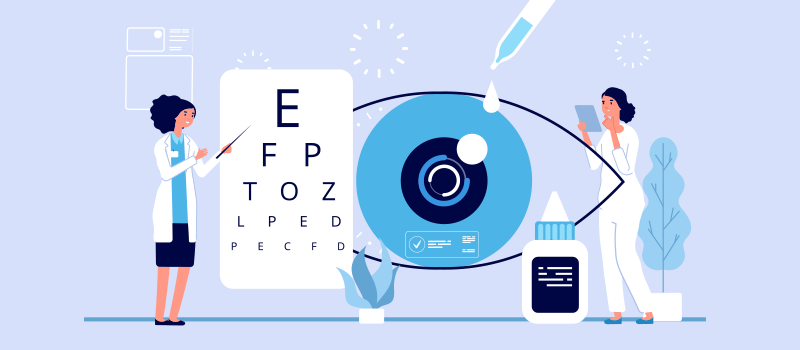
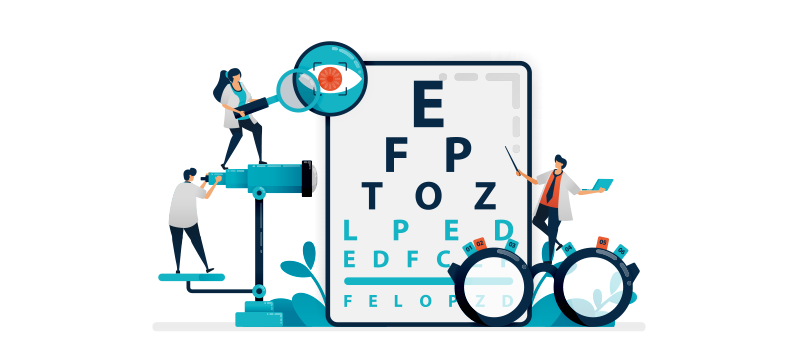
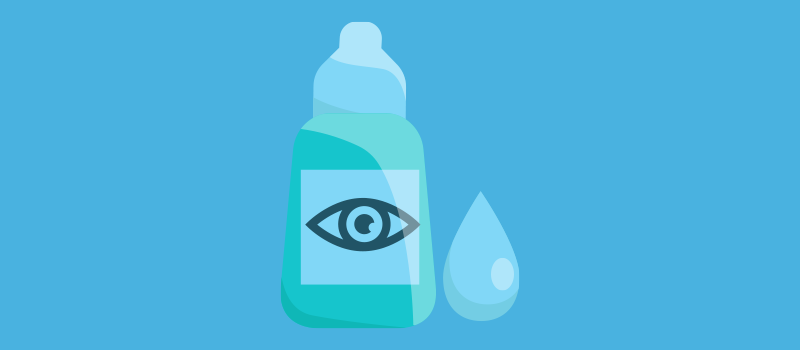
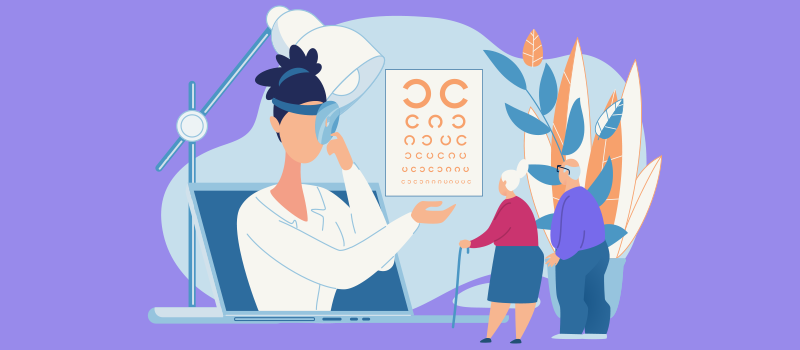


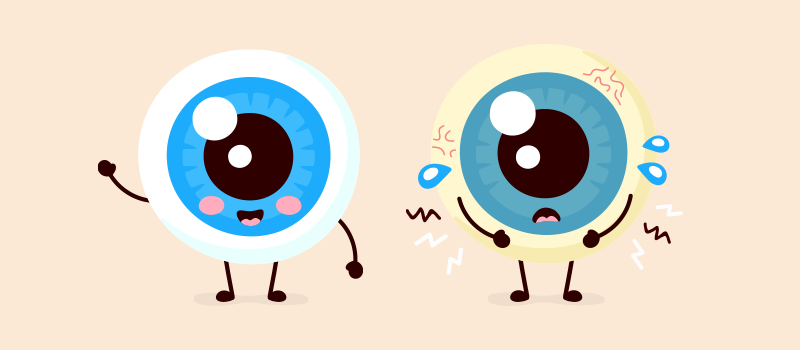
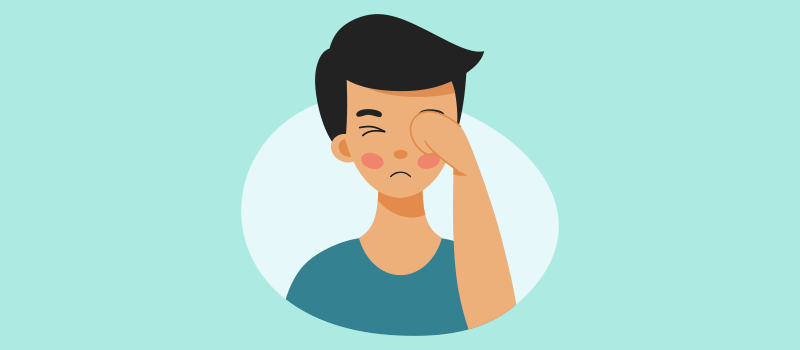

SOCIAL